
Written by David Rose
While there are many different film photography cameras and formats out there, for broad strokes purposes in this article, I’ll be breaking down some of the differences and comparisons between the two heavyweights in terms of their staying power through the years: 35mm vs 120
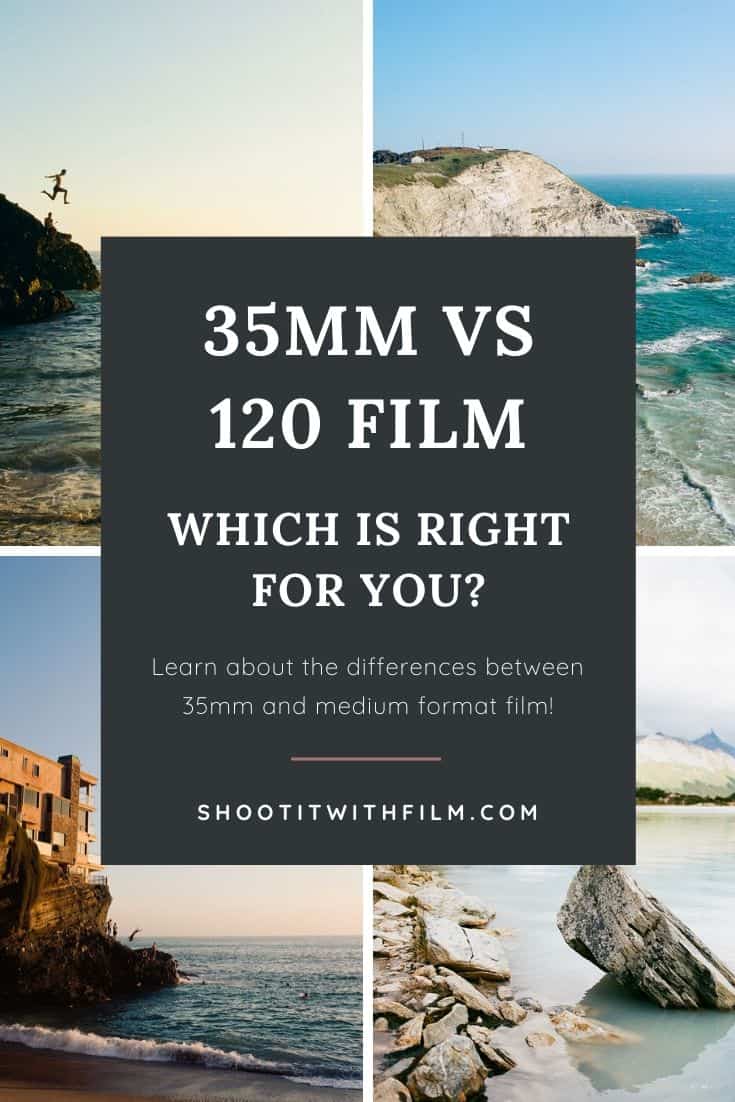


35mm vs 120: What is a Film Format?
A film format refers to the size and shape of the film negative. The two most common film formats are 35mm and 120 (also called medium format).
Here’s a good representation of the size differences between 35mm and 120:

35mm negatives are 24mm x 36mm.
120 actually applies to a few different exposure dimensions depending on the type of camera used. Measured in centimeters they are: 6 x 4.5, 6 x 6, 6 x 7 (and even 6 x 9).
You can see that 120 film is quite a bit larger than 35mm.
There are pros and cons to each format, and when you’re choosing a film camera, you’ll want to consider which format suits your needs best.
Fair warning: referring to it incorrectly as “120mm” will unfailingly provoke the ire of strangers/film snobs on the internet. “120” actually doesn’t have any significance beyond being part of a numbering system Kodak used in the early days to identify different films.
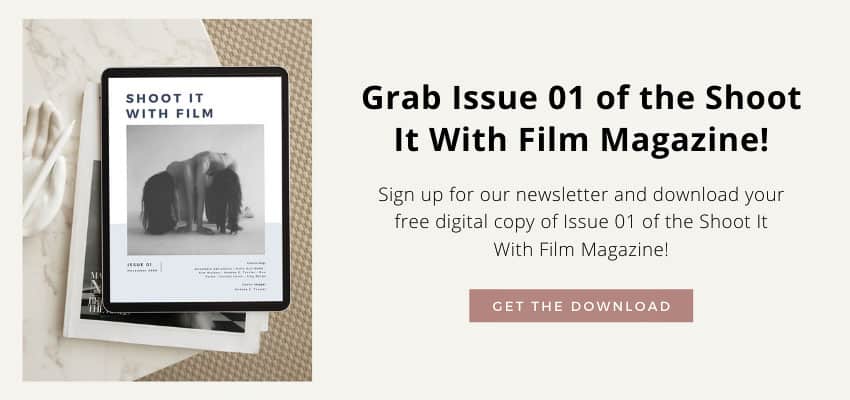
An Overview of 35mm
Like many film photographers, my foray into the analog world began with 35mm when I picked up a fully-manual Pentax K1000 at the beginning of 2015 (and never looked back at digital again).
For those who are looking to dip their toes in the water and get acquainted with analog photography, 35mm is an easy and accessible gateway drug, so to speak.
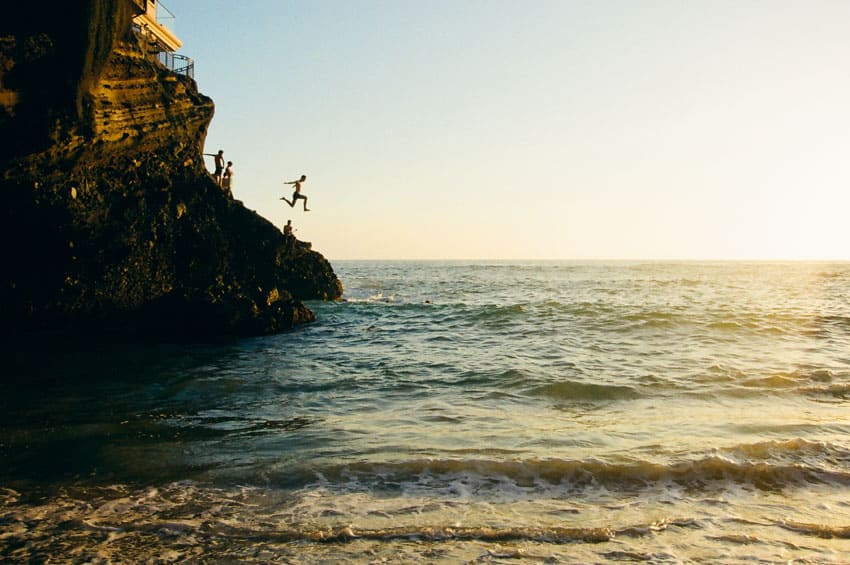
Advantages of Shooting 35mm:
- Quantity: 35mm film has more shots per roll with 24 or 36 exposures for most standard films.
- Weight: 35mm cameras are light and easy to use as everyday carry cameras.
- Cost: Shooting 35mm is less expensive overall – both on the gear and developing/processing sides. This is very helpful when you’re learning film since it allows you to “waste” shots and experiment more effectively.
- Film availability: There are more film options in the market for 35mm. New and experimental films will usually launch first in 35mm, and there are many consumer film stocks, such as Kodak Gold or Fujifilm Superia, that are only available in this smaller format.
Disadvantages of 35mm:
- Resolution: For me, the #1 disadvantage of 35mm film compared to medium format is the resolution. The resolution of film is the amount of detail available on the negative, and since 35mm negatives are so much smaller than 120, there is less resolution as well. To give you an idea of what I’m talking about, here’s a comparison of two similar shots side by side on Portra 400:

- Build quality: While there are notable exceptions to this (looking at you Leica), the glass and camera quality for many 35mm cameras is geared towards the consumer end of the market, and people who are not as obsessive about image and equipment quality. The results you get from this follow suit.
Some popular 35mm camera choices include: Canon AE-1, Pentax K1000, and Minolta X-700
And you can find our list of great 35mm film cameras for beginners here.

An Overview of 120
My medium format film photography journey began in 2016 when I picked up a Cold War-era Pentacon Six TL (aka “the poor man’s hasselblad”…). I both hated and loved that camera at the same time and have since upgraded to a Pentax 67.
Similar to when I made the jump from digital to analog, upgrading to 120 has since made it increasingly hard to go back to shooting 35mm again.
Advantages of Shooting 120:
- Medium format “3D pop:” Since the film plane is much larger on medium format cameras, you have more real estate to isolate your subject in a relatively thin slice of focus, blurring the foreground/background and making the image seem almost 3D:

- Professional: Medium format is geared better for professional applications, and is almost a non-negotiable for anyone incorporating film into their professional workflow (weddings, portraits, etc.).
- Build quality: Medium format cameras were almost all designed for pros, so the glass, build, and meter quality is top notch. Many of them are also modular in design, allowing you more options for customization.

Disadvantages of 120:
- Weight: Heavy heavy heavy. My Pentax 67 camera bag weighs over 10lbs fully loaded with camera + 3 lenses, which can be excruciating after a while… I can feel the discs in my spine decompress when I drop my bag after long shooting days.
- Quantity: Fewer shots per roll. You’ll only get between 8-16 images per roll of film (depending on the camera), so you have to make them count. This can be a blessing in disguise, but I’ve found I take a lot less experimental or candid shots since switching to 120.
- Cost: Film + developing costs can vary, but on average I have to keep in mind that I’m burning around $3 for each image I shoot with my Pentax 67.
You can read our more in-depth guide to medium format film photography here.
Popular 120 cameras include: Hasselblad 500CM, Pentax 67, Mamiya 645, and Rolleiflex
You can also check out these detailed reviews for the Hasselblad 500CM, Mamiya RZ67, Rolleiflex 2.8F, and Fuji GA645, and a list of medium format film cameras perfect for beginners.

Conclusion
There’s no perfect format that will accommodate every shooter or shooting style.
9 times out of 10 I’ll choose my Pentax 67 and put up with the disadvantages simply due to the insane image quality it’s capable of producing.
But I still alternate between 35mm and 120 cameras regularly depending on the situation at hand.
Thank you so much, David! David is a regular contributor here at Shoot It With Film, and you can check out his other articles here, such as his guide to choosing a color film and how to create the perfect lens flare with the Pentax 67.
You can also find more of David’s work on Instagram!
Leave your questions about 35mm vs 120 film formats below in the comments!
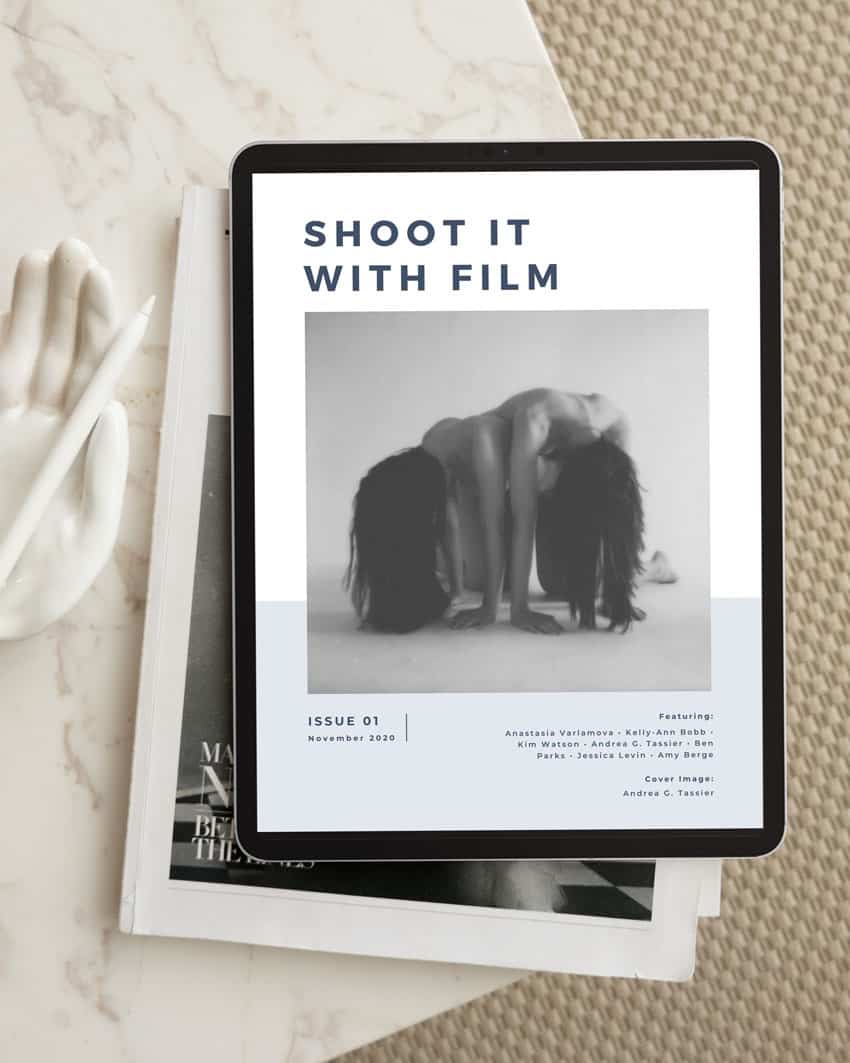


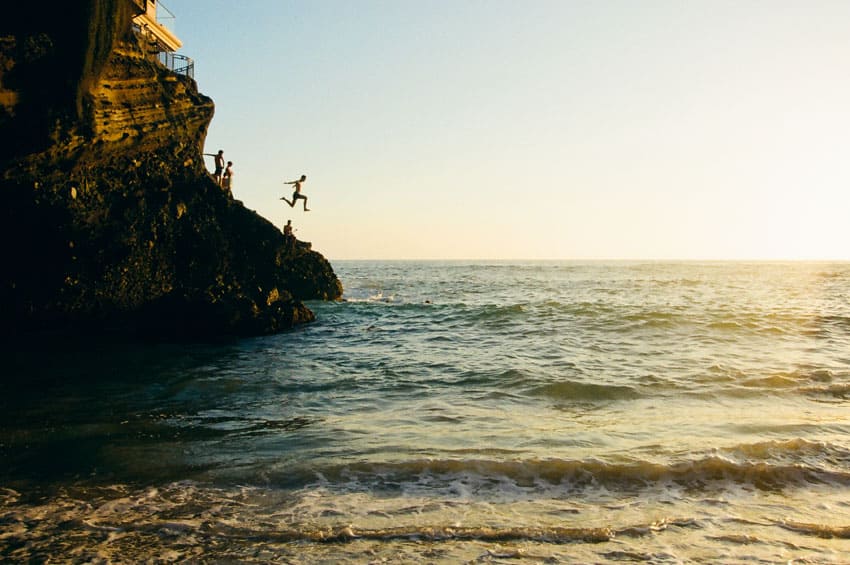
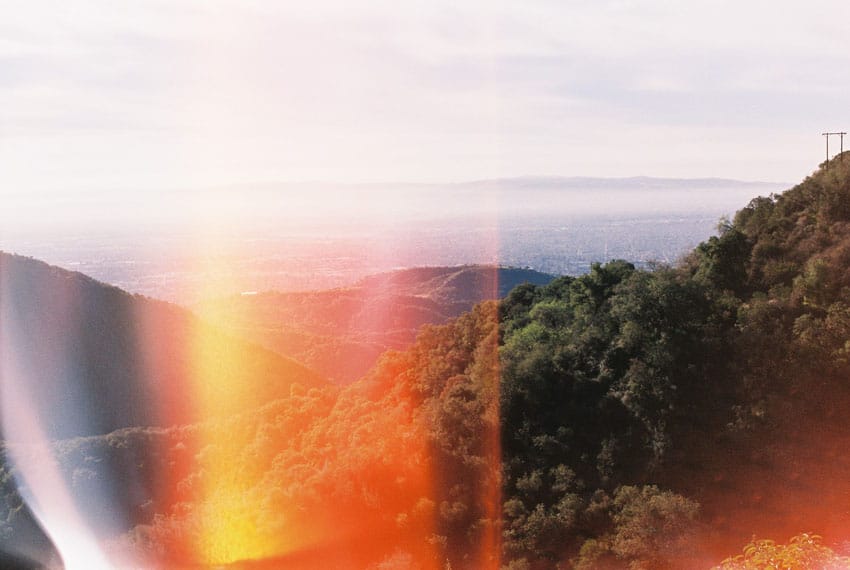



Blog Comments
Ross Attix
May 6, 2020 at 12:56 pm
Hi David- You had me until I saw this: “Build quality: While there are notable exceptions to this (looking at you Leica), the glass and camera quality for many 35mm cameras is geared towards the consumer end of the market, and people who are not as obsessive about image and equipment quality.”
I could not disagree more.
Despite mentioning Leica as an exception to your statement, you are dismissing decades of fine glass from Nikon, Minolta, and Canon just to name a few. For decades prior to digital, photographers such as William Allard and Sam Abel, just to mention two, shot all 35mm as staff photographers for National Geographic. Were they not interested in equipment and image quality?
Not every lens from those 35mm companies was great-neither was every Leica lens-but by and large they built very good quality lenses, enough so that plenty of people are using them today, adapted on their digital bodies and even putting up with manual focus and stopped down metering to do so.
I think it is much more accurate to compare 35 to 120 by saying that the larger image size enables a degree of detail just not possible with 35, and folks who tend to shoot 35 are willing to put up with less detail and more grain in order to have a smaller and lighter kit to carry around.
But to dismiss 35mm cameras and glass as geared toward “the consumer end of the market” is a very misleading generalization in an article meant to introduce photographers to the inherent differences and why someone might choose one format vs the other.
Jeremy Keller
February 7, 2021 at 10:16 am
Your Pentax weighs more than my tent and sleeping bag combined. This is not insignificant for an 80 year old Balkan wanderer. My solution? A featherlight 1950s Zeiss Ikonta. Weight: negligible. Size: fits in my hip pocket. Value: $200. Crisp 11×14 BW enlargements: no problem at all. I would love to see such things back in production.
shootitwithfilm
February 8, 2021 at 2:04 pm
Jeremy, great suggestion! Thank you so much for sharing. The Ikonta is a great camera!
Dennis Gross
March 6, 2021 at 2:41 pm
Many medium format cameras missing from your suggestions. I have a Bronica that was called the Japanese Hassi and much more affordable as the shutter was in the camera and not in the lenses which made the Hassi lenses more expensive. In the TLR market Rollei was not the only entry. The Minolta Auto Cord had great optics and is very affordable and easier to use especially with the focus lever just below the lens. The Mamiya C220 and C330 afforded the 120 format with interchangeable lenses.
shootitwithfilm
March 6, 2021 at 5:08 pm
Thanks for the suggestions! There are so many great medium format cameras!
Fil
April 12, 2021 at 6:16 pm
Some Great 35 mm photographers of National Geographic used to photograph on slide films such as the old Kodak E100, because of the processing and the methods of enlarging and printing the fine grain of the slides made up for the possible lack of detail compared to 120 slide films. The 120 kit was expensive and heavy and so unless absolutely necessary those pros would shoot 35 mm slides. The optics by Nikon, Canon or even Olympus would ensure the quality as someone mentioned.
BTW The grain on 35 and 120 slide film of the same type is no different. It’s just that by the nature of it / size/ you can see this while projecting clearly
you can squeeze more into 120.
The quality was limited by the price of glass so many 35 mm pros spent infinitely more on their lenses…..
Check the zuiko OM 90mm f/2 macro lens. There are a few around but you find a clean hardly used one and people will fight over it. 35mm world.
If you look at older editions of National geographic, the printing quality limited what they could do with the original images anyway. Unless you want to enlarge beyond common size photos or project on enormous screens the 35 mm may often seem preferable for expedition style shooting. Unless you don’t know what to do with money and decide to invest into some Linhof or hasselblad – refined and portable beasts, majority of us will simply prefer to take 35 mm SLR with us on long walks or holidays.
If you want to do some professional work, it’s a matter of finding the right balance between the initial investments, work, and continuing budget.
I started with film photography in 1990s on Russian SLRs and moved on to Praktica, parallel with 6×6 Mamiya, and although I had a chance to experience horseman and Linhof Technorama 617 S III, if I am going to be walking hours and hours in the mountains I will carry Olympus OM with velvia 50 and maybe even another body with provia 100f, rather than one heavy 120 camera unless I am heading to a preplanned spots and going to frame a few huge blow ups later on. Doing medium format properly, esp panoramas, requires methodical approach, almost meditative if you go after quality and high res.
You need to have a good budget for medium format, and if I shoot on 120, it will be either BW or slide film and most likely 6×12, 6×14 or 6×17.
shootitwithfilm
July 9, 2021 at 12:37 pm
Thank you so much for sharing, Fil! This is great info!
Daniel
July 9, 2021 at 11:09 am
Why there is a slight difference in color between 135 and 120?
I see it all the time. But no one comparing both formats mentioned it.
shootitwithfilm
July 9, 2021 at 12:35 pm
Hey Daniel! We’ve seen this color difference, too! But I haven’t been able to find any info as to why the colors are a bit different. If I find anything out, I will definitely update!
J. Joseph Latshaw
October 27, 2021 at 9:17 pm
I’m wondering if this is a difference in lens coating. For example, even within digital cameras, some lenses produce warmer or cooler results on the same sensor. On Nikon cameras, Tokina lenses seem to produce cooler images than Nikon native glass.